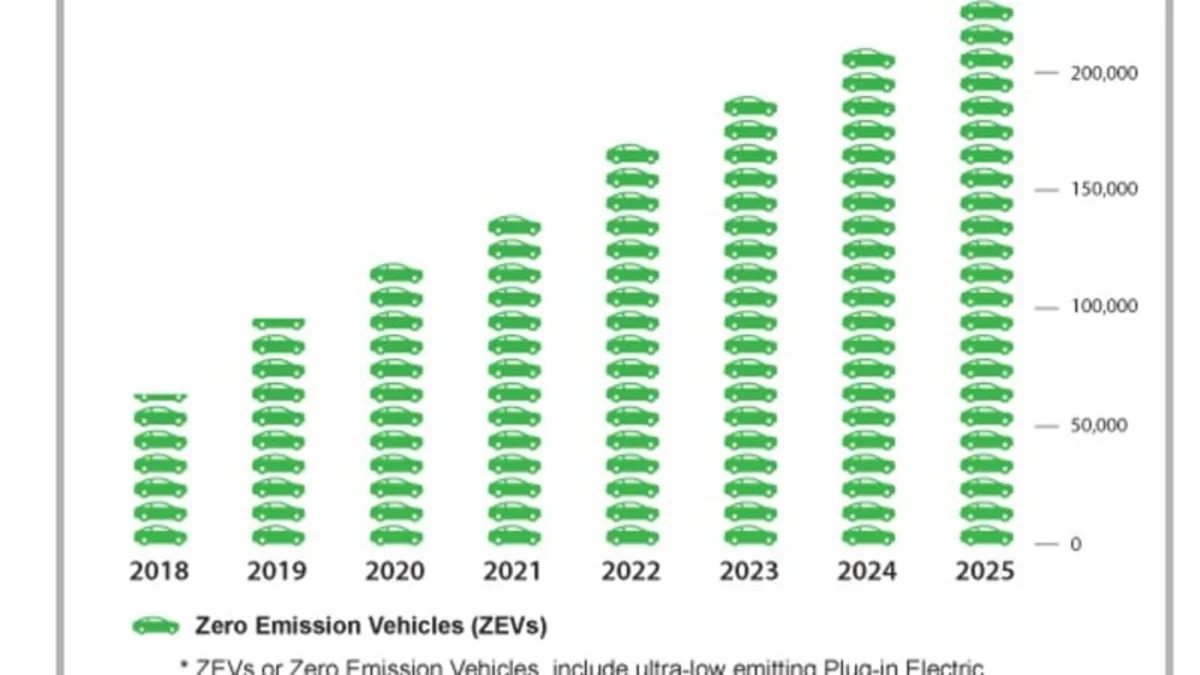The California Air Resources Board's Zero Emission Vehicle (ZEV) mandate has already created so-called "compliance cars." The corollary is a growing market for ZEV credits. That is, a way for companies who aren't selling enough ZEVs (which, in this case, include pure electric vehicles, fuel cell vehicles and ultra-low emission plug-in hybrids) can buy credits from companies who have sold too many. Wait, that sounds funny. Who have sold more ZEVs than CARB requires them to.
Unsurprisingly, Nissan and Tesla are the two companies with the most credits to offer, while Chrysler and Honda might be in the position to need to buy some. Andy Palmer, a Nissan executive vice president, told Bloomberg recently that Nissan is "in a fortunate position of having positive credit," but hasn't yet publicly announced exactly what it plans to do with the credits. Tesla has already sold some credits to Honda and an unnamed automaker. The rules don't requite public disclosure of price or number sold. If an automaker doesn't earn or buy enough credits, it has to pay a fine. According to Bloomberg, the number of credits a company earns per vehicle depends on its range and recharge time. A Leaf is worth three, a Model S equals
The ostensible point of the ZEV rules is to increase the number of ZEVs on the road. Since California's rules are in effect in 12 states total, the expectation is that the largest six automakers will sell 60,000 ZEVs there through 2014 and then a total of 1.4 million by 2025. That's the intent, but if you want to know how CARB's rules play out in the real world, just read this and then this – oh, and this – and you'll understand.


Sign in to post
Please sign in to leave a comment.
Continue